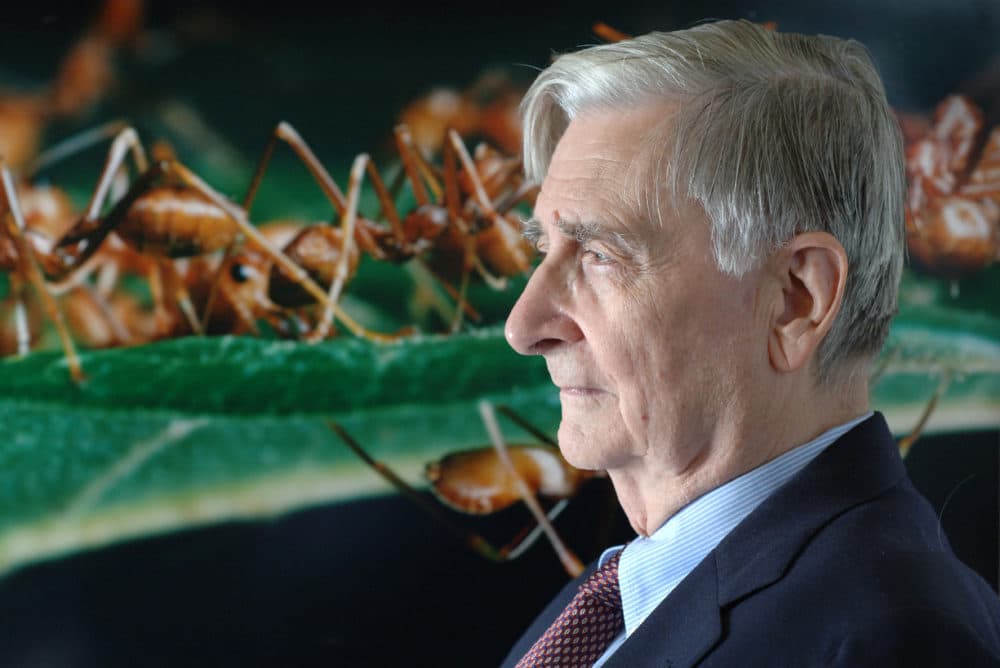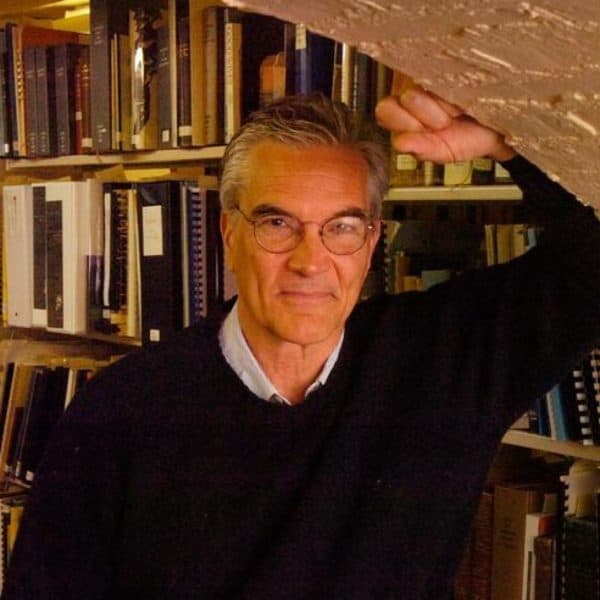Advertisement
Commentary
Here’s how we should commemorate E.O. Wilson

It was fitting that I was walking on Crane Beach when I heard that E.O. Wilson had died. He had been an inspiration when I was doing fieldwork on monkeys on Desecheo Island off Puerto Rico. Later, I met up with him in Woods Hole, in Cambridge, at New England Biolabs, and at his final home in Lexington. Always interesting, interested and helpful, he wrote a blurb for one of my books that I revere to this day.
Several years ago, I bumped into E.O. with a fellow scientist at Harvard’s Museum of Comparative Zoology. He asked what I was up to and I told him about my plans for a field trip to Columbia and Venezuela.
“Ah, to be 50 again,” he said with his mischievous smile.
I had followed his work closely when he synthesized biology and human behavior, but had lost track of his more recent work on the loss of biodiversity due to climate change. He had come up with the seemingly radical idea that half of the Earth should be set aside for nature.
That sounded undoable until I read his book "Half Earth." There he explained that you could create a hemispheric habitat corridor with conservation easements and tax incentives and by building overpasses and underpasses. The path down the cordillera of mountain ranges from Canada to South America would allow nature to migrate in the face of climate change. This has already been quietly done from the Yukon to Yellowstone Park, often by many of his students now working in over 450 partner organizations like the National Park and National Wildlife services.
He had come up with the seemingly radical idea that half of the Earth should be set aside for nature.
Suddenly it occurred to me that I was walking on a similar habitat corridor, the string of barrier beaches and barrier islands that run from New England to Florida and west to Texas. Billions of striped bass, bluefish, menhaden, herring, tuna, sharks, seals, squid and whales already use the offshore corridor and billions of shorebirds, songbirds, insects and raptors use the onshore corridor.
All of these species would benefit from being able to migrate to more congenial areas in the face of climate change. If such corridors were extended to all the earth’s coastlines, the corridor of life would cover 573,000 miles, almost the exact distance from the Earth to the moon.
Most of these barrier islands will be compromised and uninhabitable in 20 to 50 years at the present and increasing rates of sea-level rise. Federal, state and nonprofit conservation organizations like the Trustees of the Reservations in Massachusetts that manages Crane Beach can take the lead in ensuring that residents get the legal and financial tools necessary to improve this habitat corridor in exchange for not building new houses on beaches that will be gone in 50 years.
The fitting name for this new entity would be the E.O. Wilson Coastal Wildlife Corridor.
